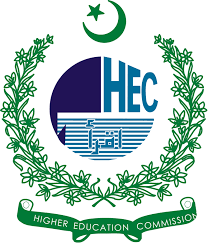ENVIRONMENTAL TOXICOLOGY OF HEAVY METALS: CHEMICAL STRATEGIES FOR MITIGATION
DOI:
https://doi.org/10.71146/kjmr253Keywords:
Heavy Metal Toxicity, Environmental Remediation, Nanotechnology-Based Adsorbents, Bioremediation StrategiesAbstract
The environmental toxicology of heavy metals poses significant challenges due to their persistence, bioaccumulation, and severe health and ecological impacts. Heavy metals such as lead, mercury, cadmium, and arsenic enter the environment through industrial activities, mining, and agricultural runoff, contaminating water, soil, and air. Their removal is difficult as they do not degrade naturally, and traditional remediation methods, including chemical precipitation and adsorption, often suffer from inefficiency, high costs, and secondary pollution. To address these challenges, advanced chemical strategies such as nanotechnology-based adsorbents, bioremediation using microorganisms, and green synthesis of functional materials have been developed for heavy metal sequestration. Additionally, phytoremediation and chelation therapy have shown potential in reducing toxicity in contaminated sites and living organisms. Despite these advancements, limitations such as scalability, environmental compatibility, and regulatory constraints hinder widespread implementation. Future research should focus on developing sustainable, cost-effective, and eco-friendly remediation techniques, integrating artificial intelligence for process optimization, and strengthening policy frameworks to regulate heavy metal discharge. Collaboration among scientists, policymakers, and industries is crucial for implementing large-scale solutions. A comprehensive approach that combines scientific innovation, environmental management, and policy reforms is essential to mitigating heavy metal toxicity, ensuring environmental sustainability, and protecting public health.
Downloads
Downloads
Published
Issue
Section
License
Copyright (c) 2025 Faryal Khan, Mohsin Tehseen, Sajid Ali, Basit Ali, Kiran Fatima, Haseeb Khaliq, Ashique Ali Chohan, Wajeeha Tahir (Author)

This work is licensed under a Creative Commons Attribution 4.0 International License.







